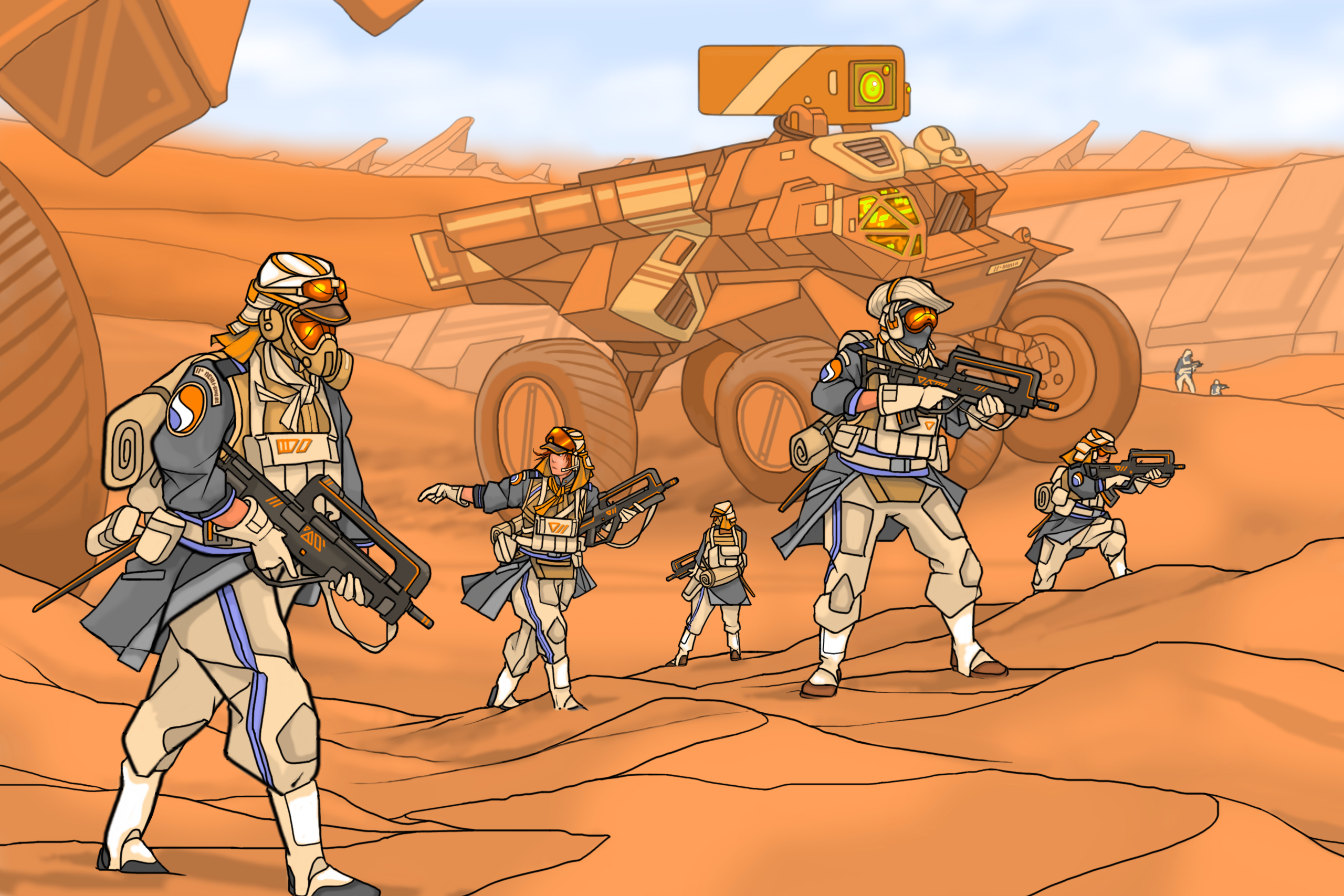Pumpkin pie? Who steered you wrong? You have to go with pecan pie, that's where it is at.

I agree, pecan pie is something else and well worth the sugar rush that follows every mouthful!
Pumpkin pie? Who steered you wrong? You have to go with pecan pie, that's where it is at.

What you really need is to experience WalMart or Best Buy tonight.
No, when the Black Friday sales hit in the US, it gets NUTS.Not done Best Buy yet but already been exposed to WalMart. Good prices but some very odd/unconventional people!
No, when the Black Friday sales hit in the US, it gets NUTS.
I do my kit shopping at either hobbyland or Michael’s. The prices at both variety a bit. Hobbyland are most costly but the have better selection whereas Michael’s is cheaper but very limited selection to pick from.A question... Where is the best place to buy model kits from in the US. I’ve been looking online and damn but everything is so expensive and then there are the shipping costs on top which are bordering on the criminal?
Smart man. People have died during the frenzy beforeAh, gotcha!I think we will be giving the WalMart frenzy a miss this year!
I do my kit shopping at either hobbyland or Michael’s. The prices at both variety a bit. Hobbyland are most costly but the have better selection whereas Michael’s is cheaper but very limited selection to pick from.
I missed type that, its Hobbytown, not Hobbyland. The link should help you see if there are any near you.Thanks mate, I’ll give them a look.
I missed type that, its Hobbytown, not Hobbyland. The link should help you see if there are any near you.
i think that will classify as the advanced urban warfare course lolWhat you really need is to experience WalMart or Best Buy tonight.


A combined arms section of the Kompanie Villebois-Mareuil makes last minute preparations before storming a Freeporter Black Spears pirate stronghold on the Kashar Plateau, deep within the interior of the equatorial highlands.
In the foreground, dismounted Legionaar mercenaries armed with M91 autofusil rifles of pre-Collapse origin take up their jump-off positions, supported by the Tirailleur-class Bakkie combat vehicles Tonkin and Usuthu. The Tirailleur-class modification of the common Bakkie transport is a Legionaar innovation, largely derived from archival schematics of the pre-Collapse Armscor Cheetah MRAP, itself a heavily modified military variant of the utilitarian Grysbok chassis that constitutes the base of the present day Orbitaaler Bakkie. The Tirailleur-class modification sacrifices the spacious interior volume, heavy payload capacity, amphibious fording capability, raw engine power, and operating range of the common Bakkie for improved all-terrain handling, armor protection, crew/core systems survivability, and armaments package. The Tirailleur-class sports a swivel-mounted ablative mining laser, a weapons system that is commonly deployed on Ossewa-class heavy lifters and Afrikander surface cruisers but impossible to install on an unmodified Orbitaaler Bakkie. Under ideal atmospheric conditions, the ablative laser is effective out to long range against soft-skinned targets like Freeporter wind-skiffs and Djong-Kok pirate sailskimmers but vulnerable to most anti-laser countermeasures and defenses, including particulate smokescreens, reflective chaff, and military-grade ceramsteel armor plating. For the mid range work of blasting breaching points into the ancient orbital wreckage that houses most Freeporter pirate dens, however, the armaments package of the Tirailleur-class modification is more than adequate.
Anyone want to take a stab on how tanks in the 1920s would look if there wasn't a war between 1914-18?
the us civil war already showed the first signs of the impact of trenches, but trenches in a small war would most likely be overlooked.Later 20's? Was there a smaller war which showed trench warfare was inevitable?
First armoured cars pre-date ww1 by a decade, so i expect for armoured cars to show up and play a much bigger role than otl.A bit like @FickleCrossroad says, I don’t think the development of tanks was inevitable without the stalemate of WW1’s trench warfare to kick start it all. I suspect that without Necessity of WW1 being the mother of invention, the infantry and cavalry would have continued to dominate for many years to come.
I found a little blurb on the 120mm Delta gun that was part of the T95 test program in 1960. The whole plan was trashed after ARCOVE decided to focus on the 6-inch Gun/Missile launcher because of the ATGM diameter issue. This gun could have gone on the M60A1 around 1965, right when the T-64 was introduced. Instead, it ended up as the basis of the Rheinmetall 120mm gun program after 1962 or 1963, and it was the 120mm gun that was supposed to go on the KPz-70. It eventually made its way into service in 1979 on the Leopard 2 about 15 years late.
View attachment 507602